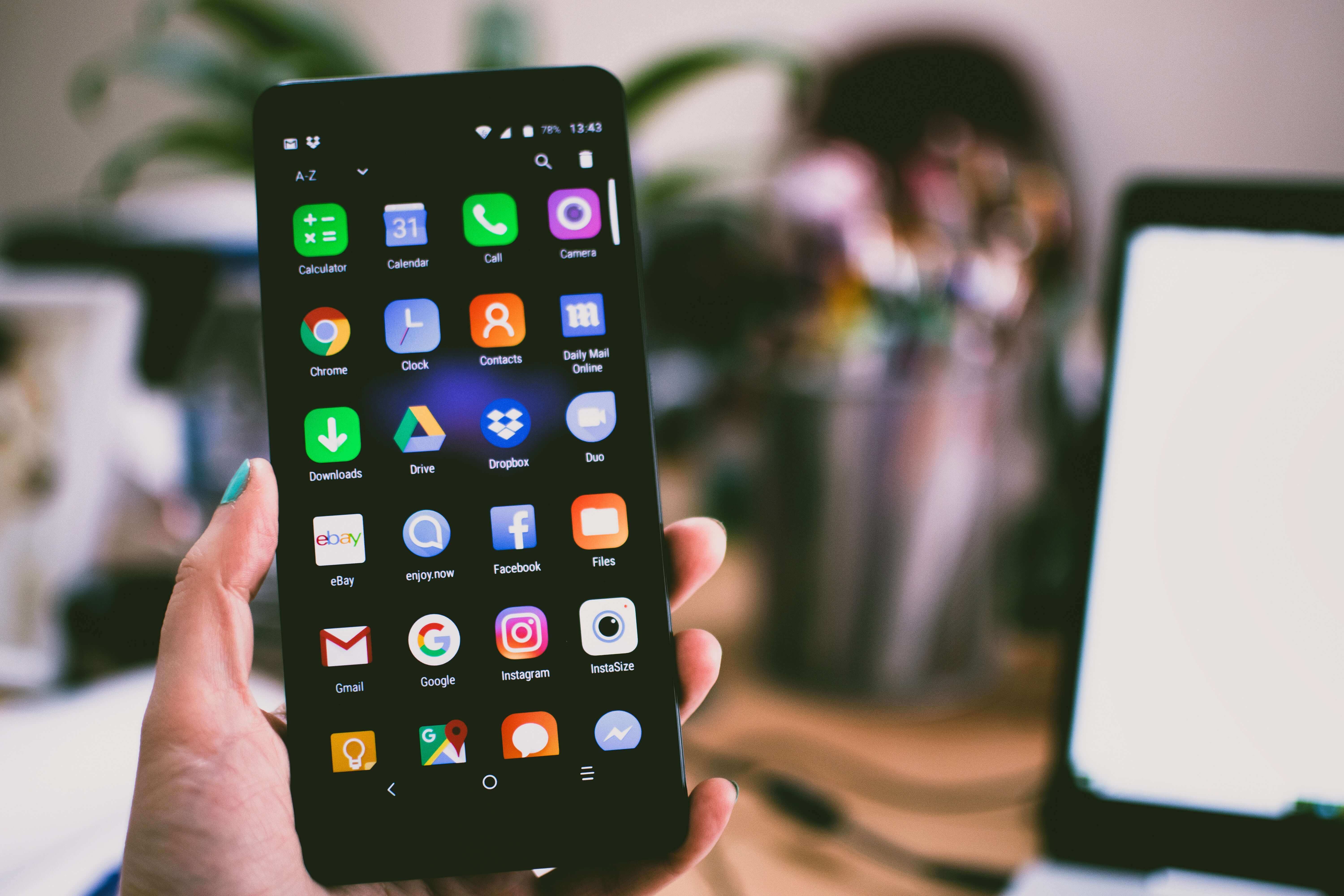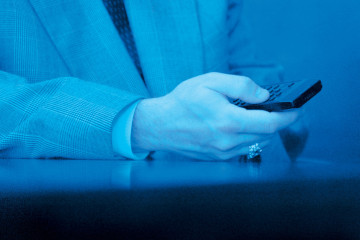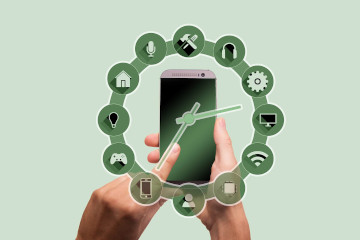

What to Expect from Mobile Apps in the Security Industry
In the Security Newsdesk article, Physical Security and Cyber Security Predictions for 2016, one of the key predictions is that “Mobility Matters.” The article infers that smartphone applications are becoming more and more important in the general operations of security companies. In fact, they go so far as to say that “customers are redefining their operations around mobility and demanding that it flexes to their needs.” So, I thought I would take a look at what a mobile app can do for a guard company and some ideas of just what you need to consider if you want to start using one in your company.
Tracking Guards
Tracking of guards is typically done by a guard tour system. In a previous blog article, I covered some of the technologies used to track security guards. While a smartphone application can be used to track a guard, there are many different technologies involved in the execution of this task. No one can do everything.
Therefore we cannot expect to use only GPS or RFID or some other technology, but really need an application that leverages multiple mechanisms and uses the most appropriate technology for the circumstances.
Guard Time and Attendance
Closely related but a little different from tracking, is time and attendance. A good mobile solution should do away with the time clock. It should be easy to track when guards go on and off shift, take breaks and even when they check in and out of properties. Recent changes in the law have made it even more important to have accurate time and attendance records as you, as the company, are responsible for making sure that correct overtime is paid and that employees get sufficient break time during a shift.
This also solves a problem that we have seen in some dispatch call centers where guards calling in at shift changes will flood the phone lines. This has a negative impact on customer service during these shift changes and is not an effective use of time for dispatchers.
Easy Data Entry for Guards
One of the significant advantages of smartphone applications over earlier technology is that officers can enter information in real-time. This enhances visibility into officer activities and reduces time to action on incidents.
Some simple customization to the application will make data entry a breeze. By using your current terminology and language, you can ensure that officers understand the selections available to them and that the selections are relevant to the types of incidents your officers are likely to face.
In some cases, fully automated operation is good, but it is also worth considering cases where you would prefer a dispatcher or manager to review data before it is issued to a client.
To make easy data entry feasible, you need to make sure that the application supports a simple mechanism of entry that does not require any duplication. For example, if the officer enters data on a parking citation, the application should allow him to print it on a mobile printer and not need it entered twice or for the officer to hand write the same details again.
Today, voice is becoming a much more important feature in the mobile world. Data can be entered faster by speaking instead of typing. Make sure the application you select to support your business can have data entered via both keyboard and through speech to text technology.
Support for Multimedia
A picture is, as they say, worth a thousand words. Make sure the application handles pictures in an easy fashion.
Just remember, while a picture is worth a thousand words, it also contains a huge amount of data. If you have problems with slow connections to the backend servers, you need to make sure your application can handle throttling that data and sending it when a good connection is in place.
Video is an even more extreme form of this as video files can be very large. If an officer is not connected at the time of taking a video, it needs to be stored locally and then uploaded when required. This will ease the use of bandwidth and ensure a smoother connection.
Unified Client Reporting
Your clients do not really care how data was entered into the system, they just want a reasonable report of how things are going. Make sure that data that is entered by dispatch from a phone call shows up consistently with data that was entered by the application.
If your clients want accurate tracking data, make sure there is some sensible way for this to get into reports. Sometimes you need to figure out just what they mean. Are they only interested in the general areas the guard patrolled or do they need to know the exact time when specific points were reached. Even though reports may be accurate, if they do not contain the information that the client needs, they are virtually worthless.
Some customers are interested in the order things are done as they don’t want guards to take a predictable route during their shift. The trick is to make sure you can report at just the level of detail that each client desires.
Conclusion
If you are considering a mobile application to enhance the abilities of your security guards and to provide higher quality, real time services to your clients, you need to make sure that the application can:
- Effectively track guards using multiple tracking technologies to ensure connectivity
- Eliminate disruptive processes like calling dispatch to check in for shift change
- Make it easy for guards to complete reports and do data entry
- Support multimedia without choking the server bandwidth
- Provide reporting for clients that they need, how and when they need it
New Kugadi Posts

The hidden challenges of remotely managing operations and why smart automated security technology is so important in mitigating risks.

By using a data-driven approach, companies have a holistic view of how areas perform and can find repeat problem areas to take action. They can better understand if more lighting is needed, extra guards, etc.

Looking at the data you collect greatly helps you run your security guard company